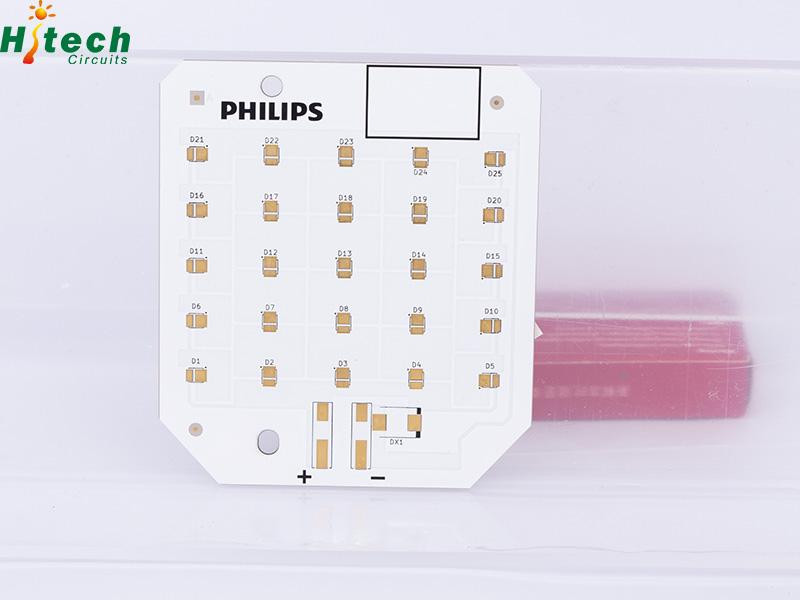The answer to this question is: 99.6% alumina alumina ceramic substrate is more expensive because 99.6% alumina alumina ceramic has higher purity, higher hardness, and better wear resistance, corrosion resistance, high temperature resistance and other properties than 96% alumina ceramic. The main difficulties in making 99.6% alumina alumina ceramics compared to 96% alumina ceramics are as follows:
1. Material Selection
One of the primary challenges in producing 99.6% alumina ceramic is the selection of materials. High-purity alumina powder is more difficult and costly to produce, requiring strict control over the purity and particle size of the raw materials. Ensuring that the starting materials meet these stringent requirements is crucial for achieving the desired purity and stability in the final ceramic product. The cost of high-quality raw materials, combined with the complexity of their preparation, contributes significantly to the overall expense of producing 99.6% alumina ceramics.
2. Process Control
The production of high-purity alumina ceramics demands rigorous process control. From powder preparation and mixing to forming and sintering, each stage of the manufacturing process must be carefully monitored and controlled to ensure the quality and consistency of the final product. Any deviations in the process can result in defects or inconsistencies in the ceramic material, compromising its performance. This need for precision in process control adds another layer of difficulty and cost to the production of 99.6% alumina ceramics.
3. Sintering Process
Sintering, the process of heating the ceramic material to a high temperature to induce densification, is particularly challenging when producing 99.6% alumina ceramics. The sintering temperature required for 99.6% alumina is higher than that for 96% alumina, making the process more complex and prone to issues such as uneven sintering or excessive shrinkage. Achieving uniform sintering across the entire ceramic piece is critical to maintaining its structural integrity and ensuring its high performance. The increased demands of the sintering process for higher-purity ceramics necessitate more advanced techniques and equipment, further driving up production costs.
4. Forming Challenges
Forming 99.6% alumina ceramics is also more difficult due to the material's higher hardness. Advanced forming techniques, such as plasma forming or injection molding, are often required to achieve the necessary precision and quality. These techniques are more complex and expensive than those used for lower-purity ceramics, adding to the overall challenge of producing high-purity alumina ceramics.
Application Considerations
While higher-purity alumina ceramics, such as 99.6% alumina, offer superior properties, these benefits come at a higher cost due to the increased complexity and difficulty of their production. However, when used as thermal conductors, the difference in thermal conductivity between 99.6% and 96% alumina ceramics is relatively small, with only a few watts of difference in actual applications.
In practical use, the hardness and surface roughness of alumina ceramic substrates can create significant thermal contact resistance when directly assembled with power devices or heat sinks. This resistance can severely impact heat dissipation efficiency, reducing the performance of the cooling system. To address this, it is essential to apply a layer of material with good compliance, strong wettability, and low thermal resistance to the ceramic substrate. This layer helps minimize the thermal contact resistance between the substrate and the heat source or heat sink, playing a crucial role in the overall thermal management system.
Innovative Solution: E-PAD Phase-Change Thermal Conductive Ceramic Substrate
An innovative solution to this challenge is the E-PAD phase-change thermal conductive ceramic substrate, a patented product. This substrate features a layer of phase-change thermal material on both sides of the ceramic base. With an inherently low thermal resistance of 0.12, the phase-change film begins to soften at temperatures above 50°C, automatically filling any gaps caused by pressure or manufacturing tolerances. This effectively reduces thermal contact resistance and facilitates efficient heat transfer.
The E-PAD substrate is a waste-free, pollution-free product that is currently being used in photovoltaic inverters and new energy motors. Its ability to enhance thermal management makes it a valuable asset in high-performance applications, where maintaining low thermal resistance is crucial.
Conclusion
In conclusion, while 99.6% alumina ceramics offer superior performance characteristics compared to 96% alumina ceramics, the production challenges associated with higher purity levels result in increased costs. Despite the minimal difference in thermal conductivity between the two, the benefits of reduced thermal contact resistance, as demonstrated by innovations like the E-PAD substrate, highlight the importance of considering both material properties and application-specific requirements in the selection of ceramic materials.
Is above knowledge useful to you? Click https://hitechcircuits.com/pcb-products/ceramic-pcb/ for more information abour ceramic PCB. And you can contact sales3@hitechpcb.com for a quick quote.

